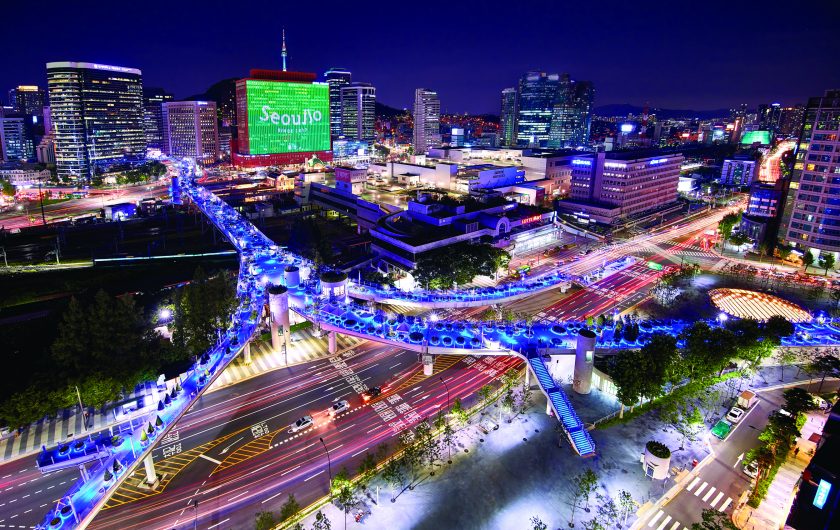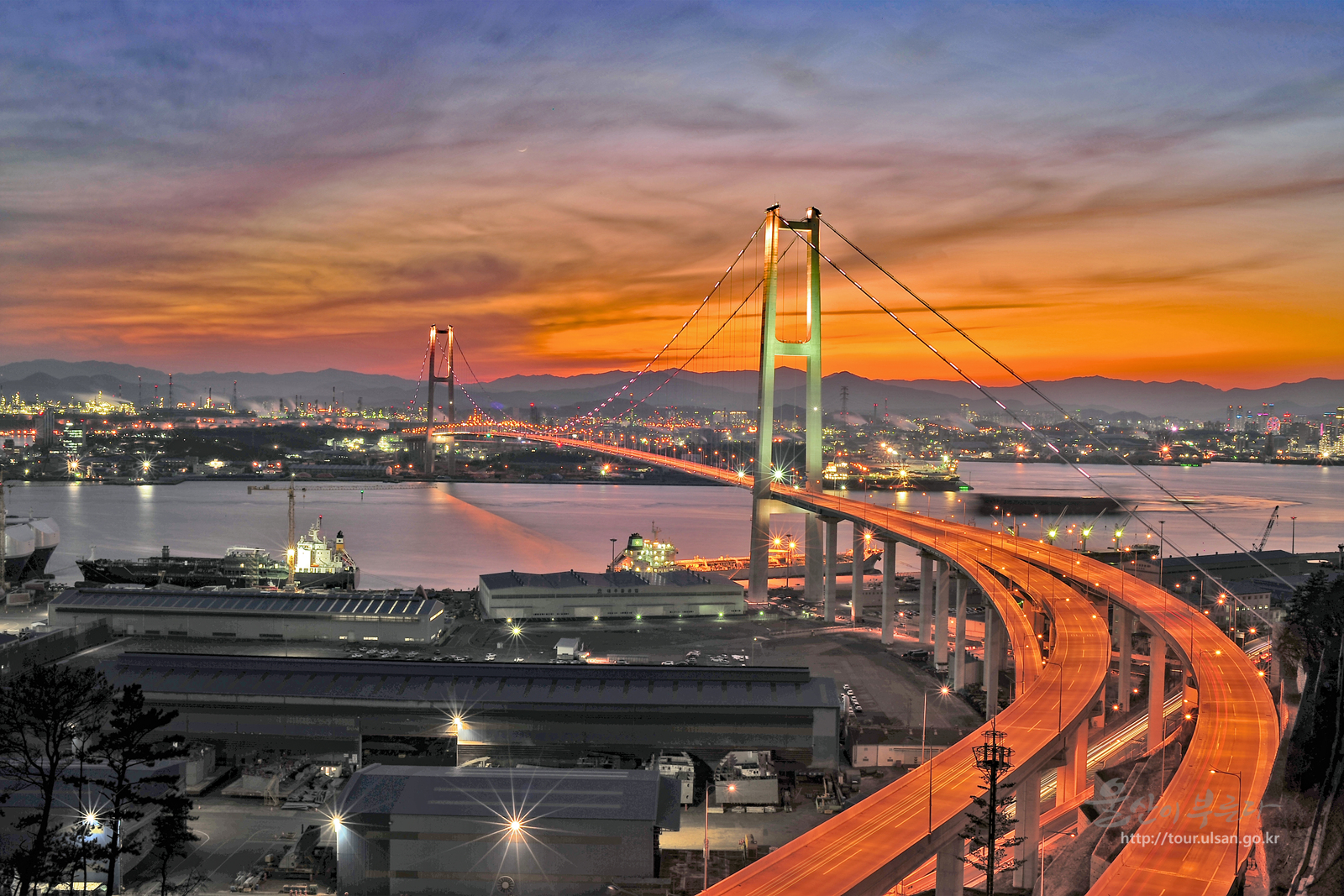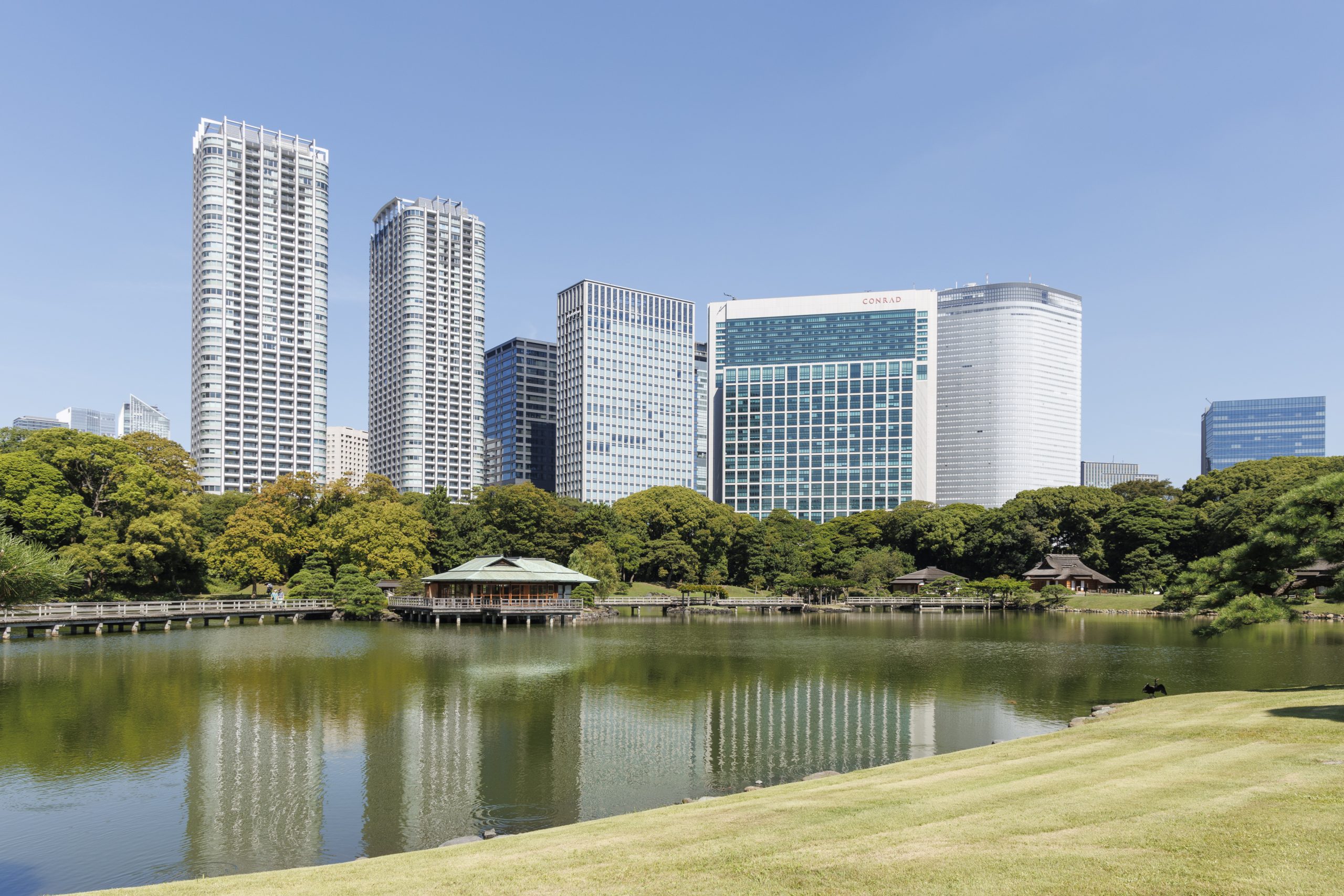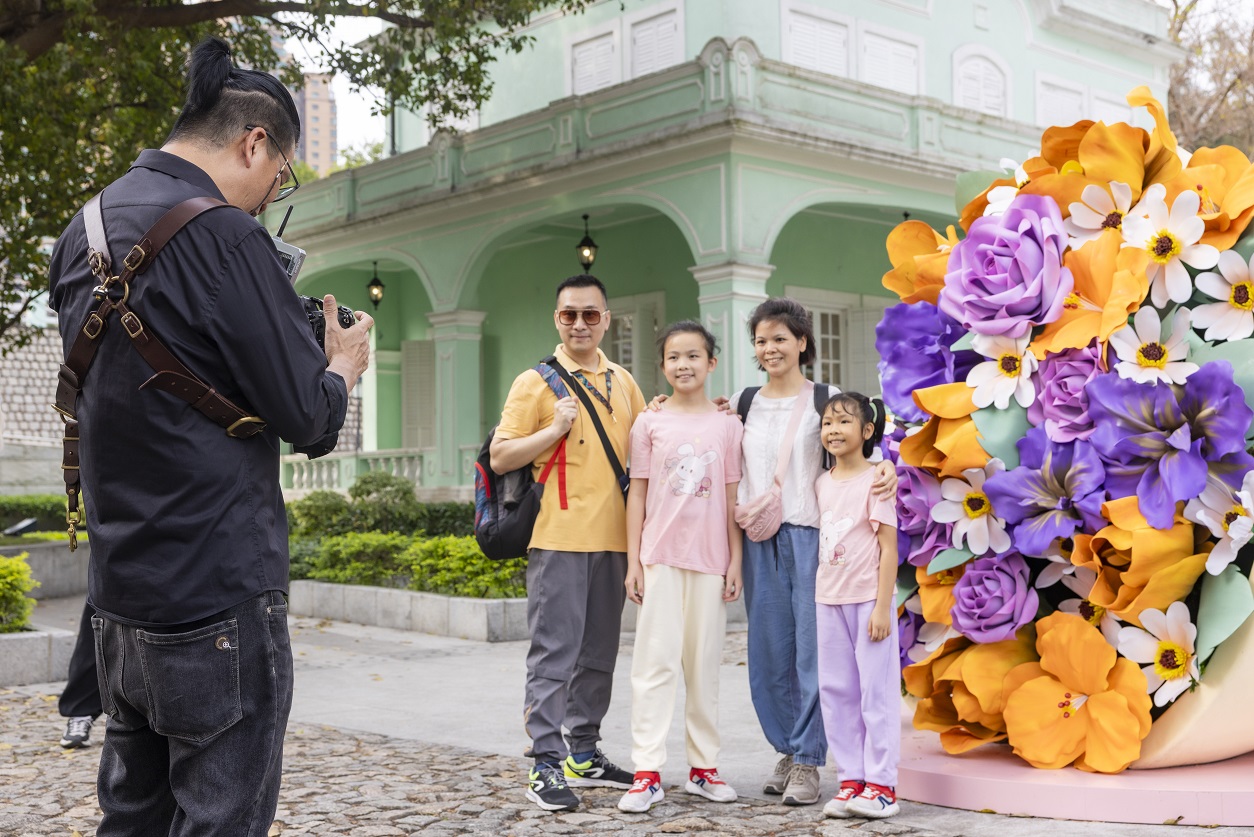FEW cities can bring the art and drama of an age-old culture right into the digital age. Yet Seoul seems to take the blending of technology and tradition in its stride. Alongside this is a commitment to sustainability with natural habitats around the city restored after decades of post-war industrialisation, and efforts towardsharmony between faiths as the city reaches out to groups from across the world.
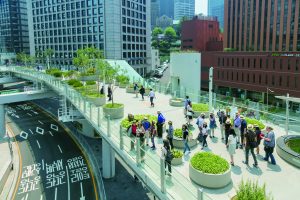
While Korean soap operas have kept audiences across Asia fixated on their TV screens, the creative talent at work in Seoul is bringing the K-wave experience even closer to visitors.
A prime example is MBC World, a broadcasting theme park, where the elements that help create these compelling performances can be seen up close thanks to the digital wizardry that has become a hallmark of Seoul.
Seoul’s diversity extends to cultural acceptance and understanding – qualities that will go a long way to assure groups across the world of a sincere welcome to the Korean capital.
Muslim visitors for instance, will be impressed by Seoul Central Mosque and access to halal restaurants. Korea, however, is more widely known as one of the cradles of Buddhism with monastery stays becoming a feature of a spiritual journey in Seoul along with a Michelin-starred vegetarian restaurant.
Whatever the faith or culture of your group, Seoul not only continues to reinvent, while also drawing upon Korea’s rich history and culture to provide a welcome that will fascinate groups. Organisers will also be impressed by the range of unique meeting spaces with a technological prowess that entertains as well as enlightens.
Here is a selection of fresh ideas and venue updates that Seoul Tourism Organisation recently showcased for organisers.
K-WAVE ATTRACTIONS
MBC World – The modern complex that houses Munwha Broadcasting Corp offers an opportunity for groups to play the role of their favourite characters from Korean soap operas and even act the tole of news anchors in a live-studio setting.
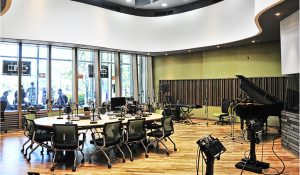
Munwha is one of the leading producers of Korean television and radio shows that have grossed hefty revenues for the network with scores drama series being sold to overseas broadcasters.
Activities range from donning a “digital hanbok” in virtual-reality wardrobes with delegates able to send their chosen picture to their email account; viewing live radio shows, and even reading the news or weather with the aid of an autocue.
SM Town at Coex Atrium – For groups who adore the K-pop genre of the Korean Wave, SM Town can be considered a shrine to the history of the song-and-dance troupes or, more likely, another chance to bond in a lighthearted and hi-tech museum setting.
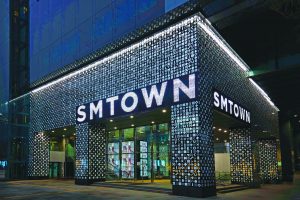
Visiting groups can take in the sheer number of recording artistes who feed the demand for K-pop. Digital technology is again used to enhance the experience as visitors encounter the various characters of K-pop via augmented or virtual reality backdrops, and even learn a few dance moves.
A huge LED screen that wraps sections of SM Town’s exterior walls is the largest display of its type in Korea and equivalent in scale to four basketball courts. Along with advertising, the screen’s content is, quite naturally, laden with K-pop.
King Studio – Once your groups have taken in the history, memorabilia and characters that make up K-pop, they can bond even more by heading to a professional recording studio in the famously hip Gangnam area of the city.

This is where the hard work behind the glamour takes place. Groups of 10 or less can hire a studio and be assisted by audio engineers in creating a song, rehearsing it and recording their own CD. Services at Kings Studio also include pop-video production and there is even a voice trainer on hand if group members get a bout of nerves or need help with harmonising.
King Studio also offers a K-pop Field Experience Booth to entertain delegates at exhibitions or post-conference social events.
kingstudio.asia
SHOWTIME
JUST K-POP Entertainment Restaurant – Once the trials and thrills of recording your own CD are over, it’s soon time for dinner and to see how the professionals perform. K-pop and other styles of music are hosted every night here in a cabaret-style setting with VIP seating near the stage and food served.
The restaurant is located on the fifth floor of Lotte World Tower & Mall – Korea’s tallest building – and was once the Hard Rock Café before the homegrown K-wave swept in.
Front-row tables make for a special group treat, but there are also three VIP rooms on the sixth level, each of which can hold 12 people. The main stage-level restaurant section can host 350 standing and between 200-250 seated.
justkpop.co.kr
CULTURAL DIVERSITY
Visitors to Seoul who view the city at night from a vantage point would see an array of illuminated crosses on the many denominations of Christian places of worship. It shows how rooted Christianity is in the Republic of Korea alongside the main faith of Buddhism.
As more visitors from the Middle East and Southeast Asia are learning, however, there is a diversity of faiths and religious tolerance with South Korea’s first mosque having opened in the Itaewon area of the capital.
For groups seeking to fulfil spiritual obligations or simply experience Seoul’s cultural diversity, there are three main options for organisers.
Temple food – Along with the rise of people choosing plant-based foods and better diets, there is also more awareness of the philosophy behind various strands of Buddhism. One of these is the concept of balwoogongyang, the approach adopted by monks and nuns centring on the purity and sustainability that goes into eating healthily, and which also gives its name to a restaurant opposite the Jogyesa Temple, near the popular tourist precinct of Insadong.
Balwoo Gongyang restaurant, above the Templestay Information Centre, has a Michelin star and is also designated a Muslim Friendly Restaurant by Korea Tourism Organisation.
balwoo.or.kr
Seoul Central Mosque – Since opening in the Seventies, a community of restaurants offering Middle Eastern, Turkish, Indo-Pakistani and even Korean-halal food has arisen to serve locals and visitors alike. Several mosques have been built throughout Korea, but this is the only one in Seoul.
koreaislam.org
Seosomun Historic Park – Groups will enjoy the walkability of the city centre with a former vehicular overpass being pedestrianised and greened to become Seoullo 7017 (see opening pages). Nearby is the Catholic Martyrs’ Shrine at Seosomun, which commemorates an estimated 10,000 followers of the faith
who died under persecution during the 19th century.
The shrine, with its metallic modern sculptures. is revered by Korean Catholics who make pilgrimages tothe site where 25 of the 124 martyrs made saints by the Vatican this year were beheaded. Of the 103 people canonised by Pope John Paul II during his visit to Korea in 1984, 44 were martyred at Seoomun.
A walking tour around the wider area can also be organised to take in Catholic, Episcopal and other Christian places of worship including Myeongdong Cathedral. Historic landmarks can also be found nearby in the form of Culture Station Seoul 284 and Seoullo 7017 with its pop-up shops and cafes.
SUSTAINABILITY
Two major sporting events, the 1988 Seoul Olympics and the 2002 Fifa World Cup, have left a legacy for the city, both in terms of environmental sustainability and as potential MICE infrastructure.
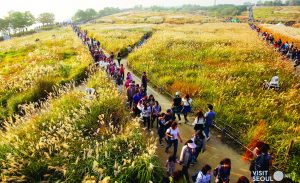
World Cup Park– One cost of South Korea’s post-war economic and industrial miracle was its effect on the environment as more people moved to the city and rising prosperity led to a huge amount of domestic waste. Rising 90 metres above sea level, Nanjido Island became the world’s first mountain of garbage, being used as landfill for 10 million Seoul citizens for 15 years from 1978.
Seoul implemented a project to stabilise the island and restore it to greenery where plants and wildlife could once again flourish. Efforts began in 1996 to create four parks and in May 2002 they collectively opened as World Cup Park. Instrumental to eradicating the mountain of waste and restoring biodiversity and nature has been the Mapo Resource Recovery Plant where visits can be arranged.
parks.seoul.go.kr
Oil Tank Culture Park– This opened in 2017 across from World Cup Stadium and is on the site of a fuel depot that was closed in 2000 to make way for the Japan-Korea World Cup. The facility consists of four main venues:
Oil Tank No.1: Multimedia Cultural Aisle that leads to a meeting venue and a glass-covered space suitable for cocktails and small exhibitions.
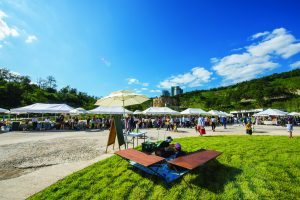
Oil Tank No.2: This provides a theatre or ballroom setting for a maximum of 200 seated and recently hosted events for the International Women’s Film Festival. The venue benefits from soundproofing and is acoustically engineered to exclude echoing. There are two levels with an outdoor amphitheatre on the roof with a verdant mountain providing a backdrop.
Oil Tank No.4: Can be fitted with stage for concerts or presentations while wooden pillars make itideal for gallery use and sets the scene for fashion shows.
Oil Tank No.6: Has a smaller conference hall along with meeting rooms and kitchen facilities – and can accommodate up to 50 persons.
